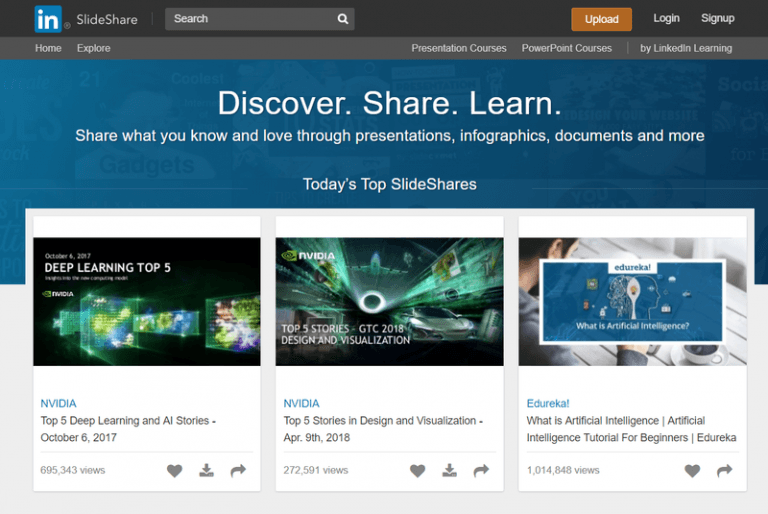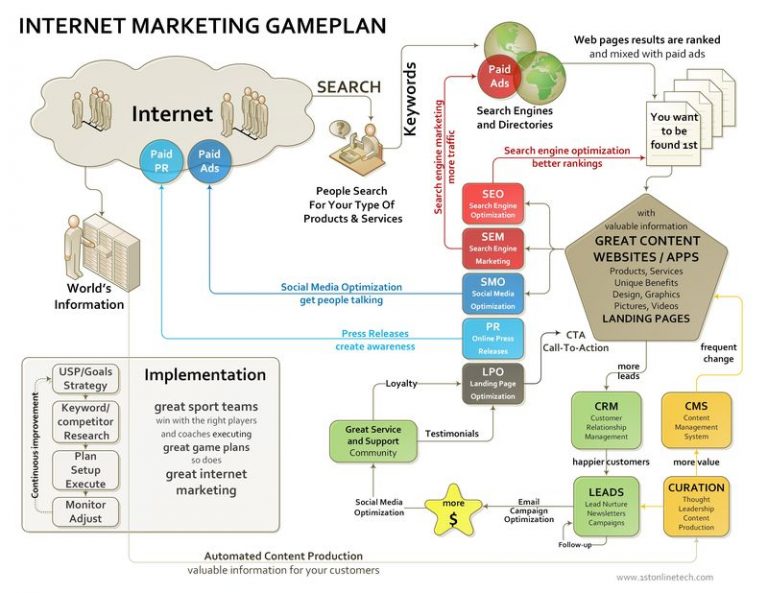The Unprecedented Scale of AI’s Impact Unlike previous technological revolutions that transformed specific sectors or capabilities, artificial intelligence stands poised to reshape virtually every aspect of human civilization. The recent strategic moves by tech giants Amazon and Microsoft – with their multi-billion dollar investments in Anthropic and OpenAI respectively – merely hint at AI’s vast […]
The Death of Microsoft’s LinkedIn’s SlideShare
In 2016, SlideShare had over 70 million unique visitors per day, and it was listed by Alexa as one of the top 100 most visited websites in the world. At its peak, it was such a powerhouse that Obama used the network to post his birth certificate. It also stood for years as a premier […]
Audience First then You’ll Know What Products to Sell
When You’ve Built an Audience You’ll Know What Product to Sell Don’t know what product or service you should be selling? That’s actually fine, says Joe Pulizzi, founder of the Content Marketing Institute and author of the new book Content Inc.: How Entrepreneurs Use Content to Build Massive Audiences and Create Radically Successful Businesses. “In […]
Good marketing nowadays revolves around inbound marketing. And the good news is
Good marketing nowadays revolves around inbound marketing. And the good news is that if you have a blog, you are already on your way toward creating a great inbound marketing strategy. Iinternet marketing gameplan by http://www.1stonlinetech.com Checklist for Launching an Inbound Marketing Plan in WordPress 1) Attract: Get to know your ideal target audience and […]
The New York Times acquires influencer marketing agency HelloSociety
The New York Times, like other local news organizations, is getting into the digital marketing game. If you can’t beat them, join them, or buy them The New York Times is expanding its native ad studio with the acquisition of HelloSociety, a digital marketing agency owned by Science, Inc. Los Angeles-based Science both invest in […]




